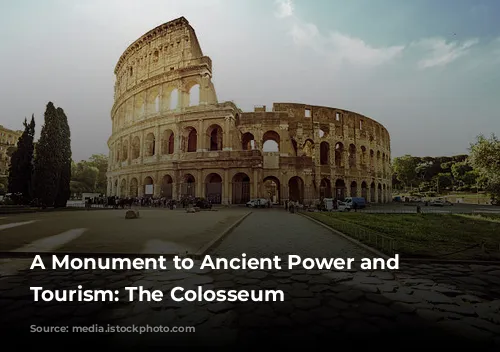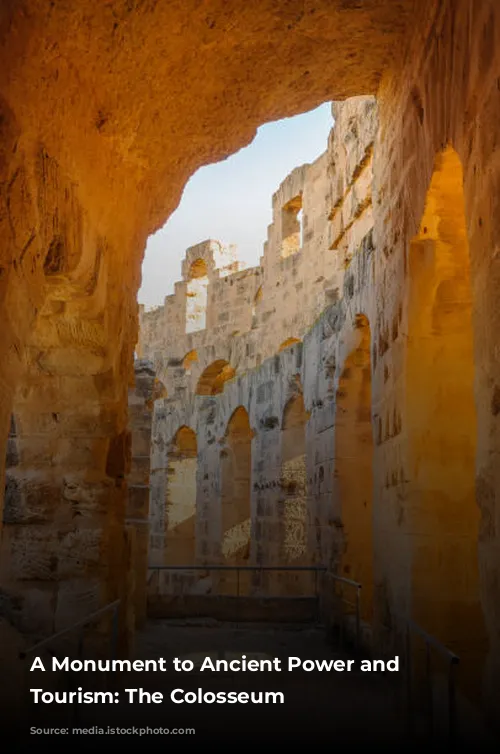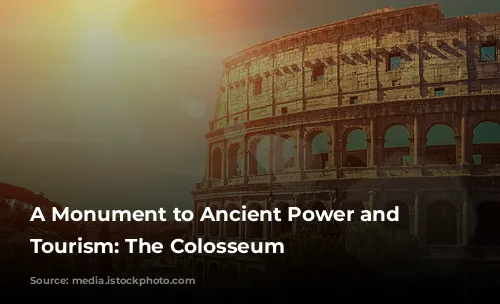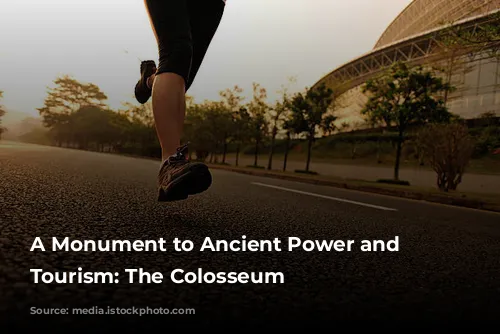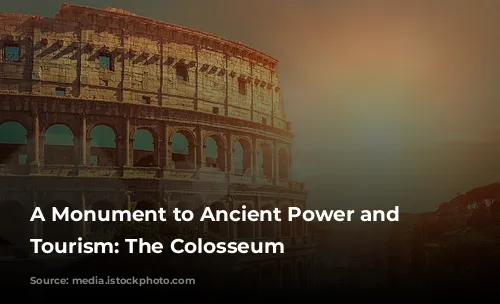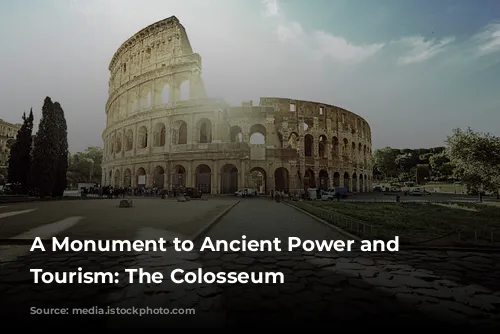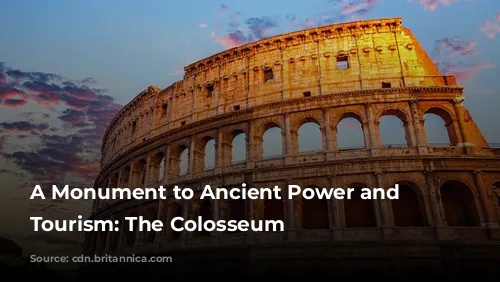The Colosseum, a towering testament to the architectural brilliance of ancient Rome, stands as one of the few mostly intact structures from that era. This awe-inspiring monument, a symbol of Rome’s grandeur, is a magnet for tourists from around the world. It is also a significant source of revenue for the Italian government, bringing in millions of dollars annually. In 2018 alone, the Colosseum, along with the Roman Forum and Palatine Hill, generated over $63.3 million (€53.8 million), surpassing all other tourist attractions in Italy.
A Turbulent History and a Long Road to Restoration
The Colosseum’s history reflects the rise and fall of the Roman Empire. After the collapse of the Western Roman Empire, the monument fell into a state of disrepair. During the 12th century, the Frangipane and Annibaldi families, powerful Roman families, converted the arena into a fortress, a testament to the changing uses of this iconic structure. In the late 15th century, Pope Alexander VI gave permission for the Colosseum to be used as a quarry. This period of neglect lasted for over a thousand years, with the Colosseum treated as a source of building materials. Thankfully, the 1990s saw the start of state-funded restoration efforts, breathing life back into this historical gem.
A Symbol of Roman Entertainment and Imperial Power
The Colosseum was built as part of a grand effort to revitalize Rome following the tumultuous year of the four emperors in 69 CE. Emperor Vespasian, like other emperors before him, intended the Colosseum to be a center of entertainment, a place for Romans to gather and be amazed. The Colosseum hosted a diverse range of spectacles: gladiatorial fights, thrilling animal hunts, and even elaborate mock naval battles.
Construction of an Architectural Masterpiece
Construction of the Colosseum began under Emperor Vespasian, between 70 and 72 CE. His son and successor, Titus, dedicated the completed structure in 80 CE. The fourth story was added by Emperor Domitian in 82 CE. The Colosseum’s construction was funded by the spoils of war, specifically the plunder from Titus’s conquest of Jerusalem in 70 CE. Tragically, the construction of this architectural masterpiece was carried out by enslaved Jews from Judea, a stark reminder of the cruelties of Roman rule.
A Colossal Amphitheater
The Colosseum, also known as the Flavian Amphitheater, is an elliptical structure built of stone, concrete, and tuff. It stands four stories high, towering over the landscape. With dimensions of 620 by 513 feet (189 by 156 meters), it was capable of accommodating as many as 50,000 spectators. The Colosseum became synonymous with gladiatorial combat, a spectacle that captivated and horrified the Romans.
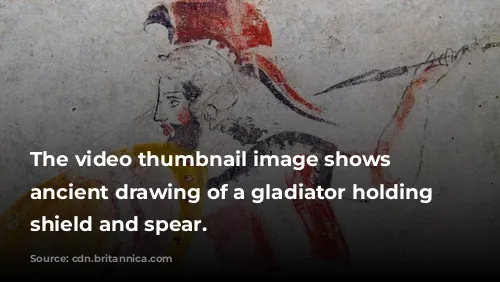
A Symbolic Replacement and a Monument to Public Entertainment
The Colosseum’s location, just east of the Palatine Hill, was not chosen by chance. It was built on the grounds of what was once Nero’s Golden House, replacing his lavish private lake with a public amphitheater. This decision, symbolic as it was practical, reflected Vespasian’s desire to replace the tyranny of Nero with a space for the public to enjoy. The Colosseum, a grand public space, stood in stark contrast to Nero’s extravagant palace, representing a shift towards a more public form of rulership.

A Marvel of Roman Engineering
The Colosseum was a groundbreaking feat of engineering, unlike any amphitheater before it. Unlike earlier amphitheaters, which were typically dug into hillsides for support, the Colosseum is a freestanding structure. The massive structure was supported by a complex network of barrel and groin vaults, showcasing Roman ingenuity. The Colosseum’s exterior is adorned with three tiers of arcades, featuring columns in the Doric, Ionic, and Corinthian orders, a design that became a cornerstone of Renaissance architecture.
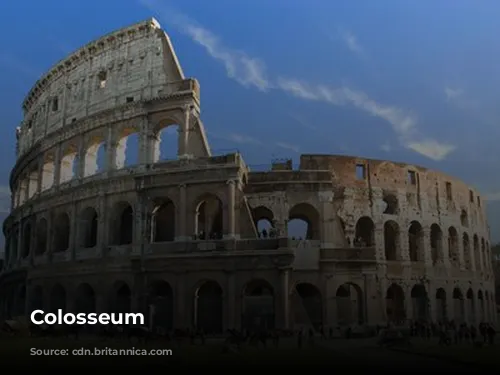
Protecting the Spectators from the Elements
The Colosseum’s design considered the comfort of its spectators. To shield them from the sun, a massive retractable awning, known as a velarium, was employed. The velarium was supported by masts extending from the Colosseum’s top story, and manipulating this complex rigging required hundreds of Roman sailors. The Colosseum was the scene of countless spectacles, from gladiatorial battles to mock naval engagements, but it is uncertain if the arena was the site of the martyrdom of early Christians.
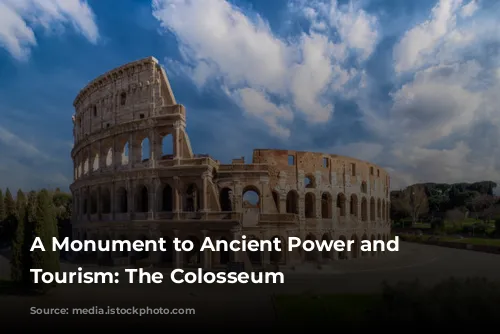
A Monument Restored
In the medieval period, the Colosseum served various purposes, including as a church and a fortress. However, the monument suffered significant damage from natural disasters, vandalism, and pollution. Over time, the marble seats and decorative materials were removed, leaving the Colosseum in a state of disrepair. For over a thousand years, the Colosseum was treated as a quarry, a stark contrast to its former glory.
The 19th century marked the beginning of earnest preservation efforts, led by Pope Pius VIII. In the 1990s, a major restoration project was undertaken, bringing the Colosseum back to its former grandeur. Today, the Colosseum is one of Rome’s most popular tourist attractions, welcoming millions of visitors each year. The Colosseum continues to be a vital link to the Roman past, a testament to the architectural ingenuity of a bygone era, and a reminder of the enduring power of entertainment and spectacle.
